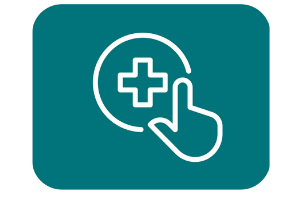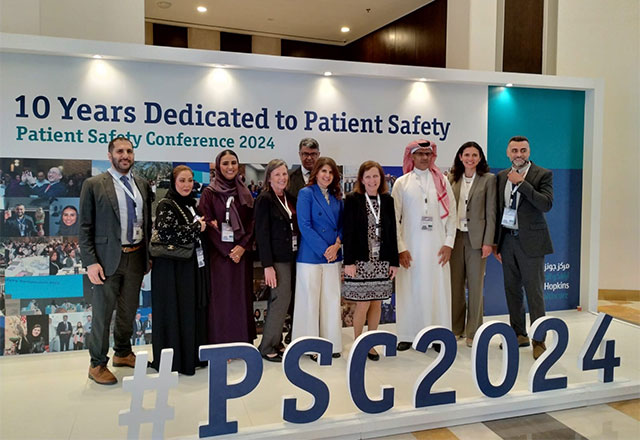The Armstrong Institute for Patient Safety and Quality provides an infrastructure that oversees, coordinates and supports patient safety and quality efforts across Johns Hopkins' integrated health care system. Our mission is to eliminate patient harm, achieve best patient outcomes at the lowest possible cost and share that knowledge through our research and trainings.
-
Clinical Operations
Providing highest quality and safest care at Johns Hopkins Medicine

-
Research
Advancing the science of safety and quality

-
Education & Training
Partnering with others to improve patient care

-
Our Team
Meet our community of safety and quality investigators

-
About Us
Learn about our history, the work we do and how to join the Armstrong team

-
Donate
Your gift can help improve patient safety and quality of care

Other Featured News and Research
The implementation of a “safety officer” program: an innovative approach to improve infection prevention and control practices in Ethiopia
Communication After Medical Error: The Need to Measure the Patient Experience
Hospital-to-Home-Health Transition Quality (H3TQ) Index Further Evidence on its Validity and Recommendations for Implementation
Development of a Novel Rapid Response Event Review Process for Quality Improvement
Characterizing changes to older adults' care transition patterns from hospital to home care in the initial year of COVID-19
Understanding the Information Needs of Pharmacy Staff Using CancelRx: A Qualitative Study of the Use of Prescription E-cancellation
"Never Again”
Sharing his personal story of how a medical error severely impacted his life, C. Michael Armstrong, past chairman of the board of trustees of Johns Hopkins Medicine, explains his commitment to health care improvement and the creation of the Armstrong Institute for Patient Safety and Quality.
Learn about Our History










